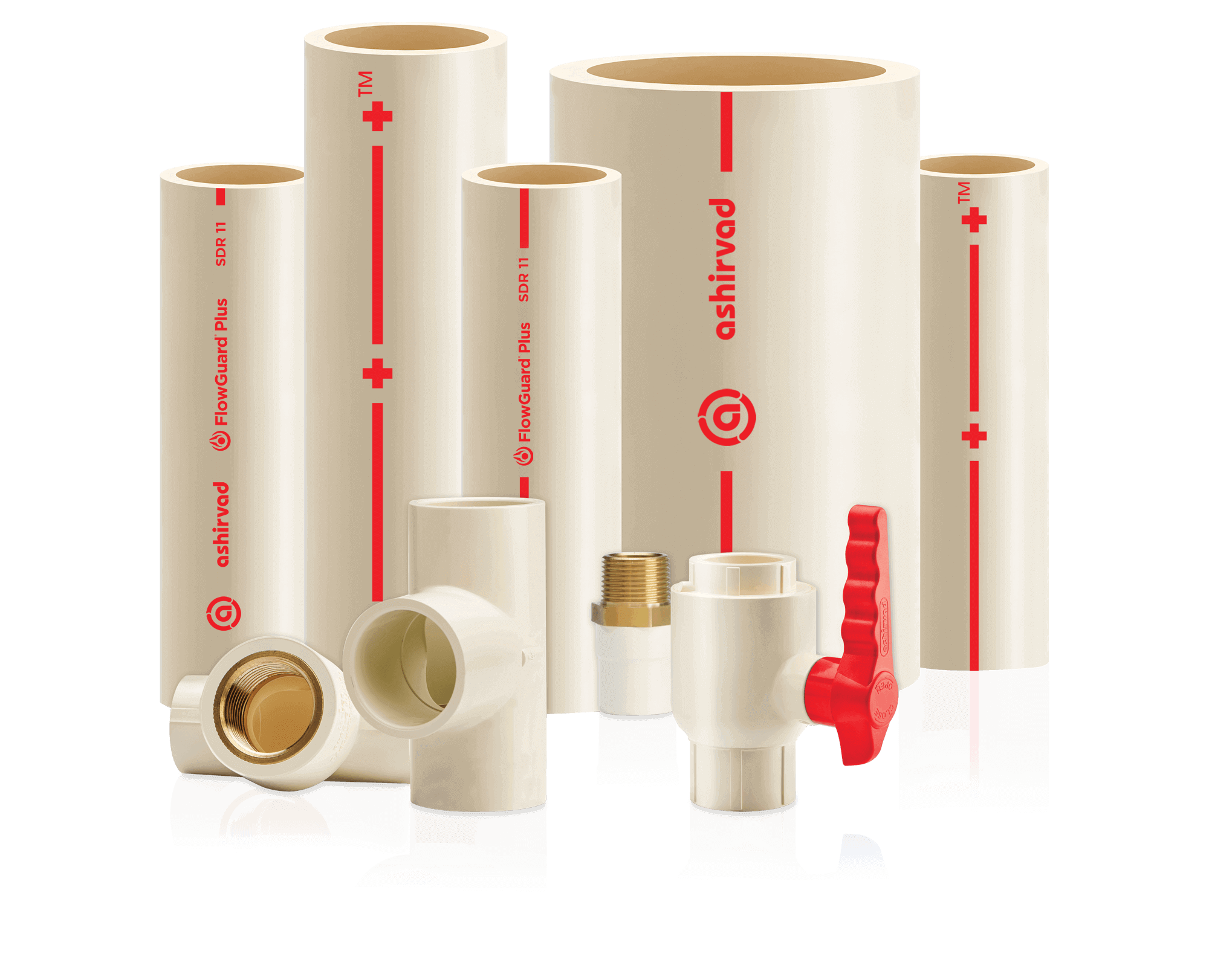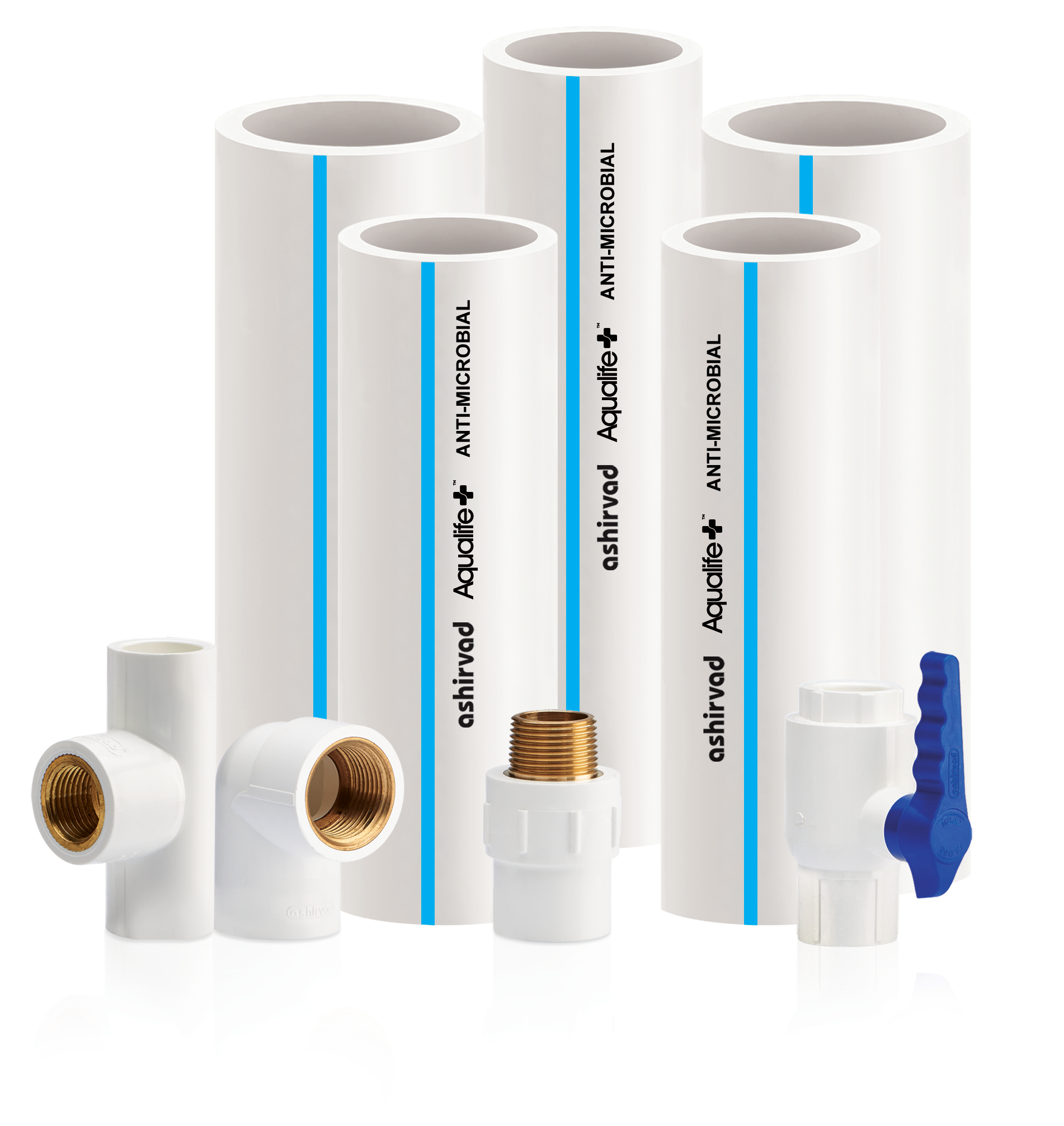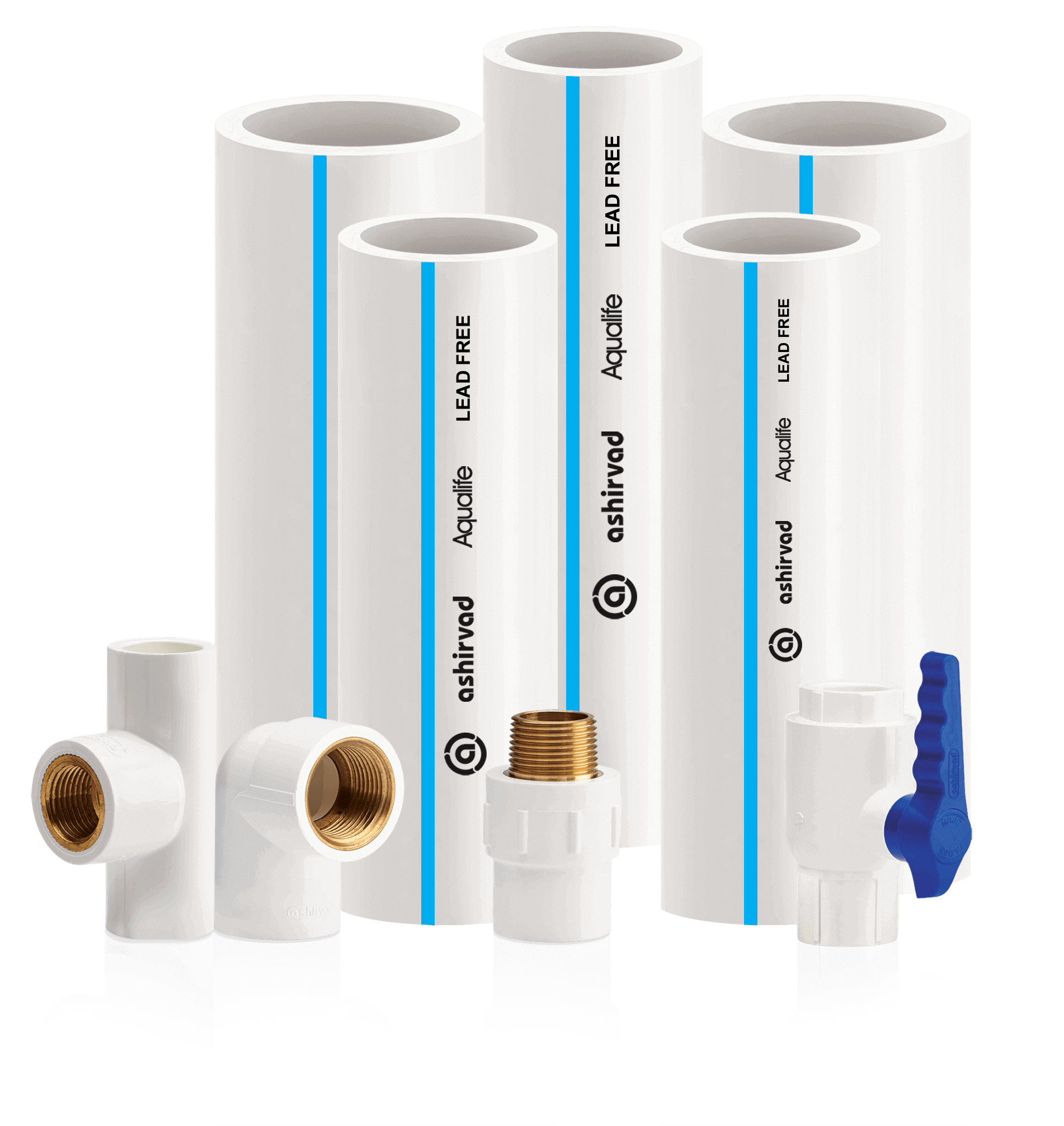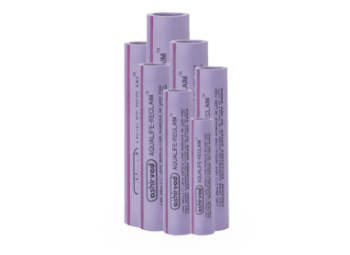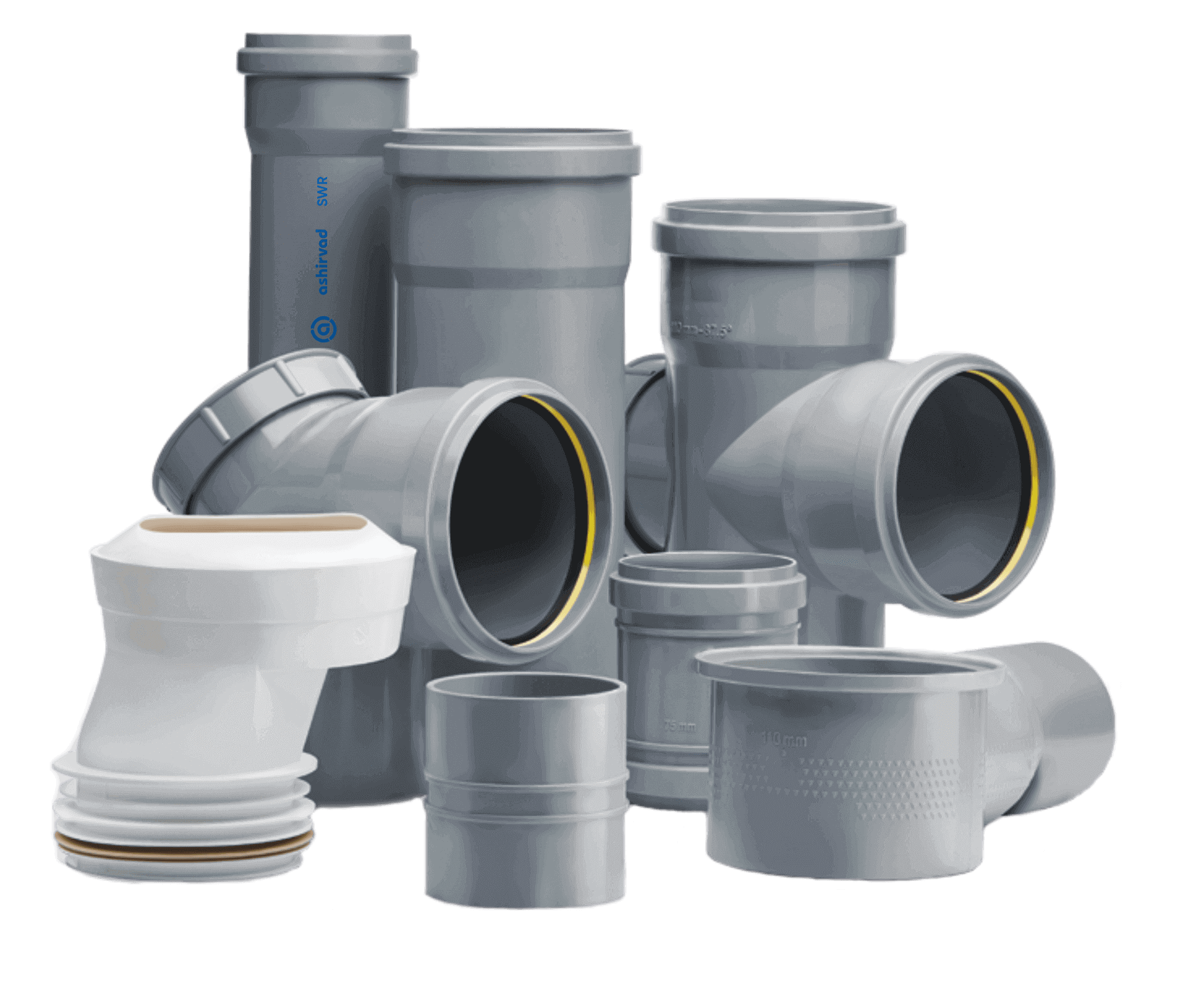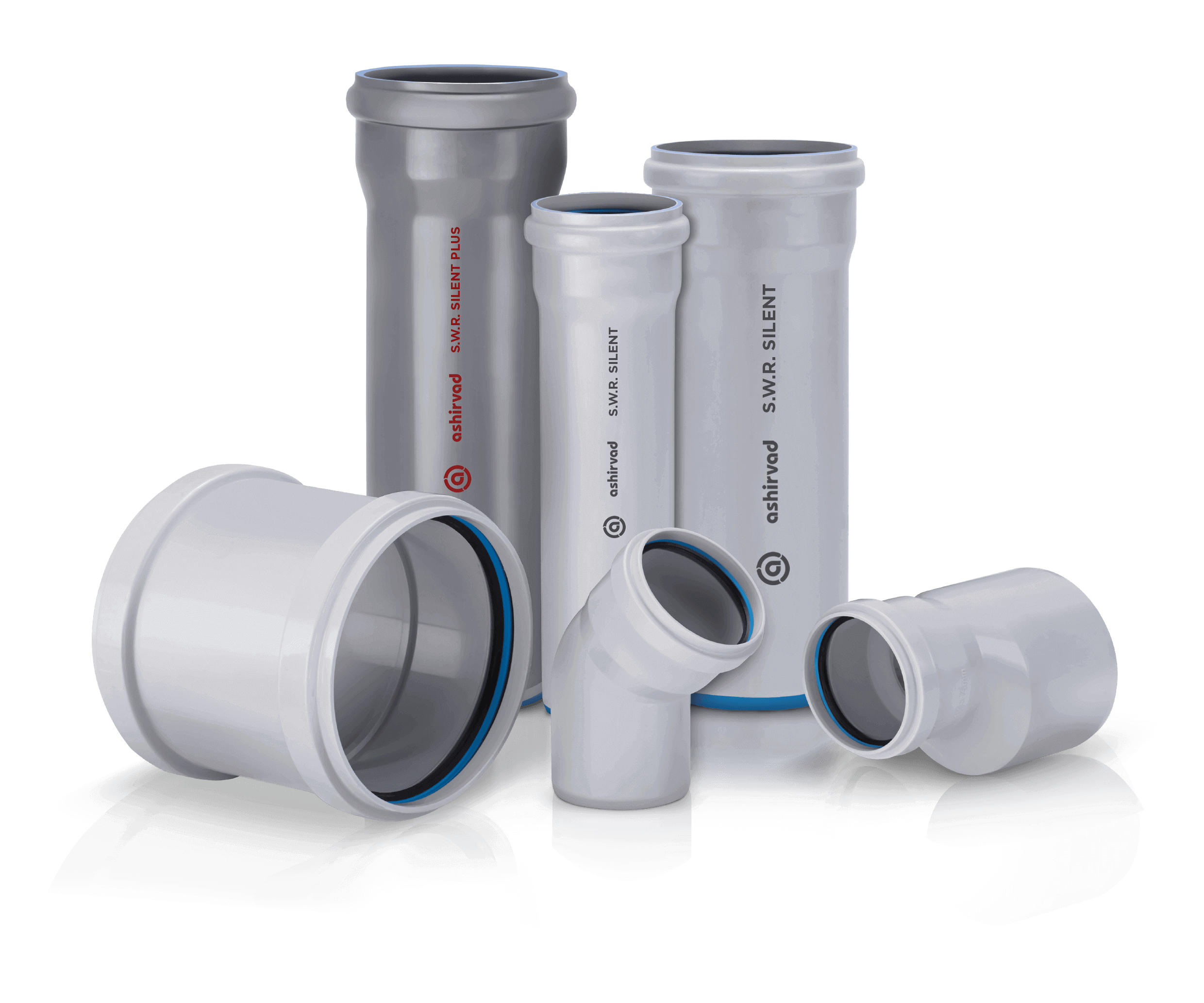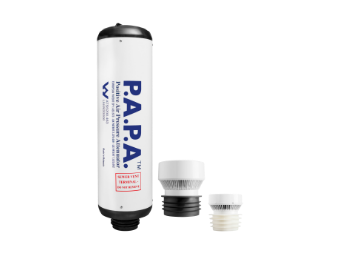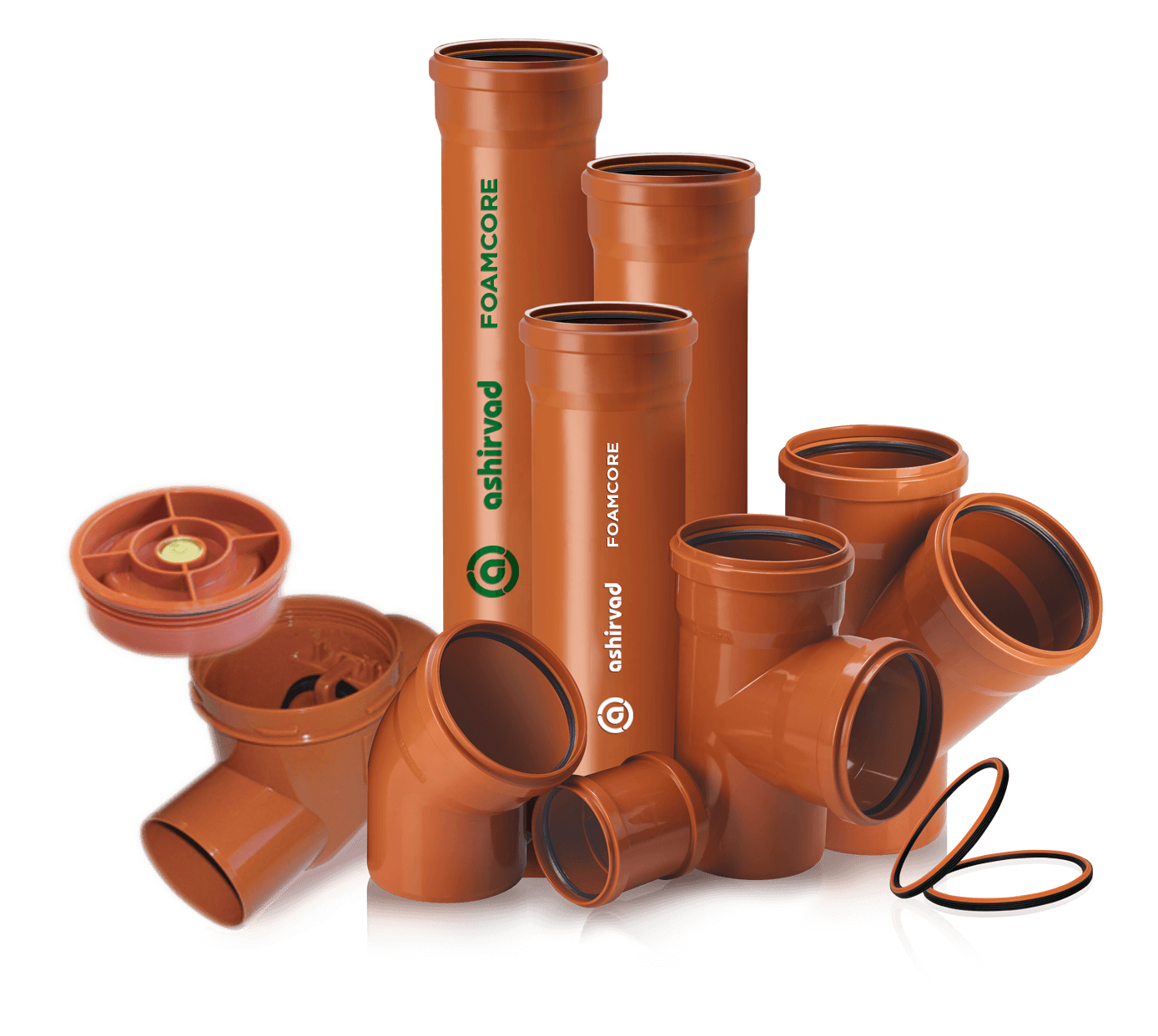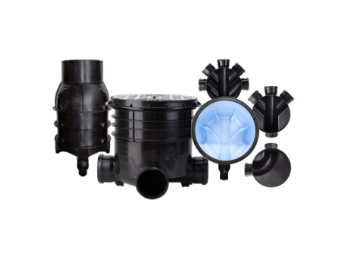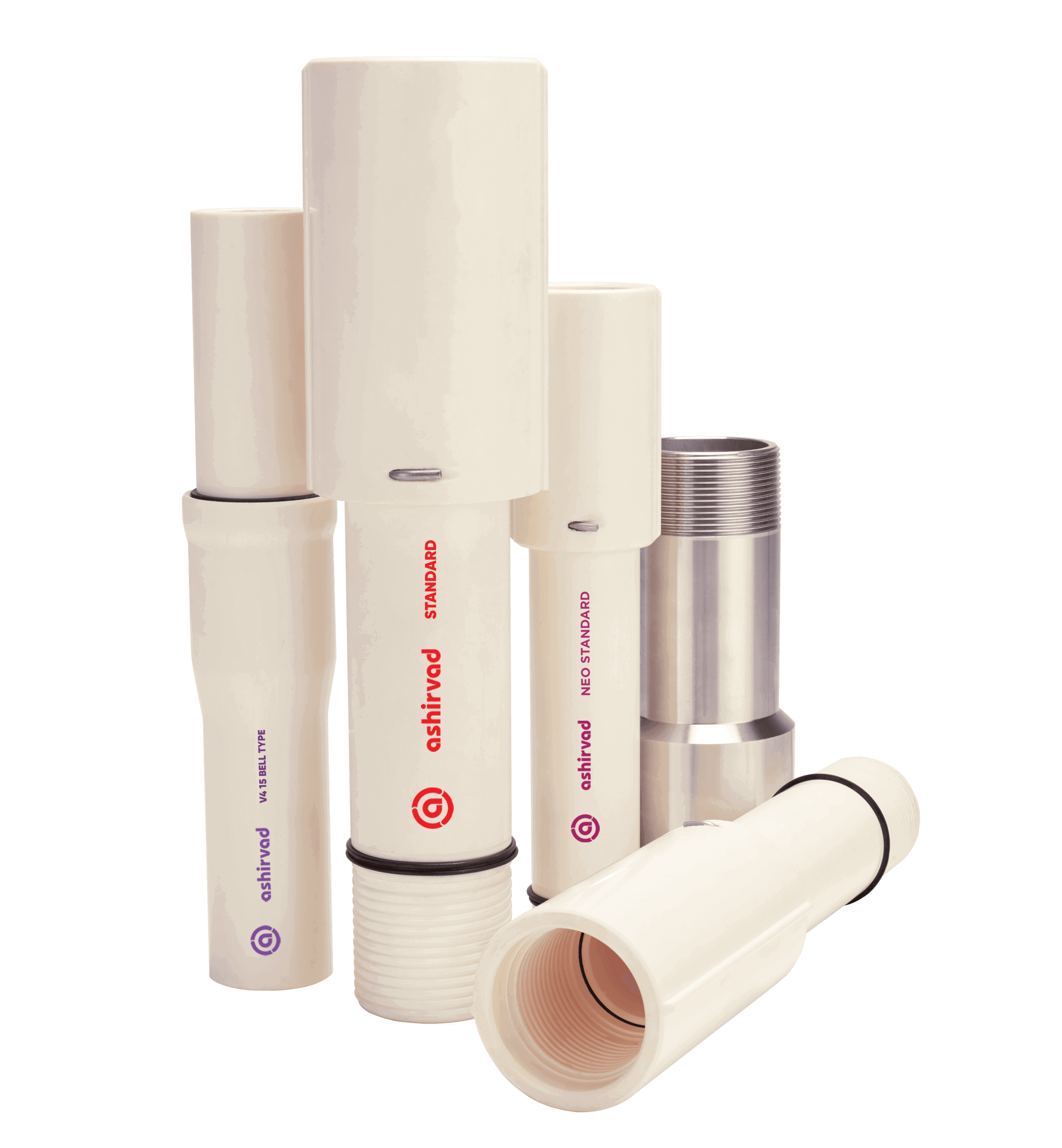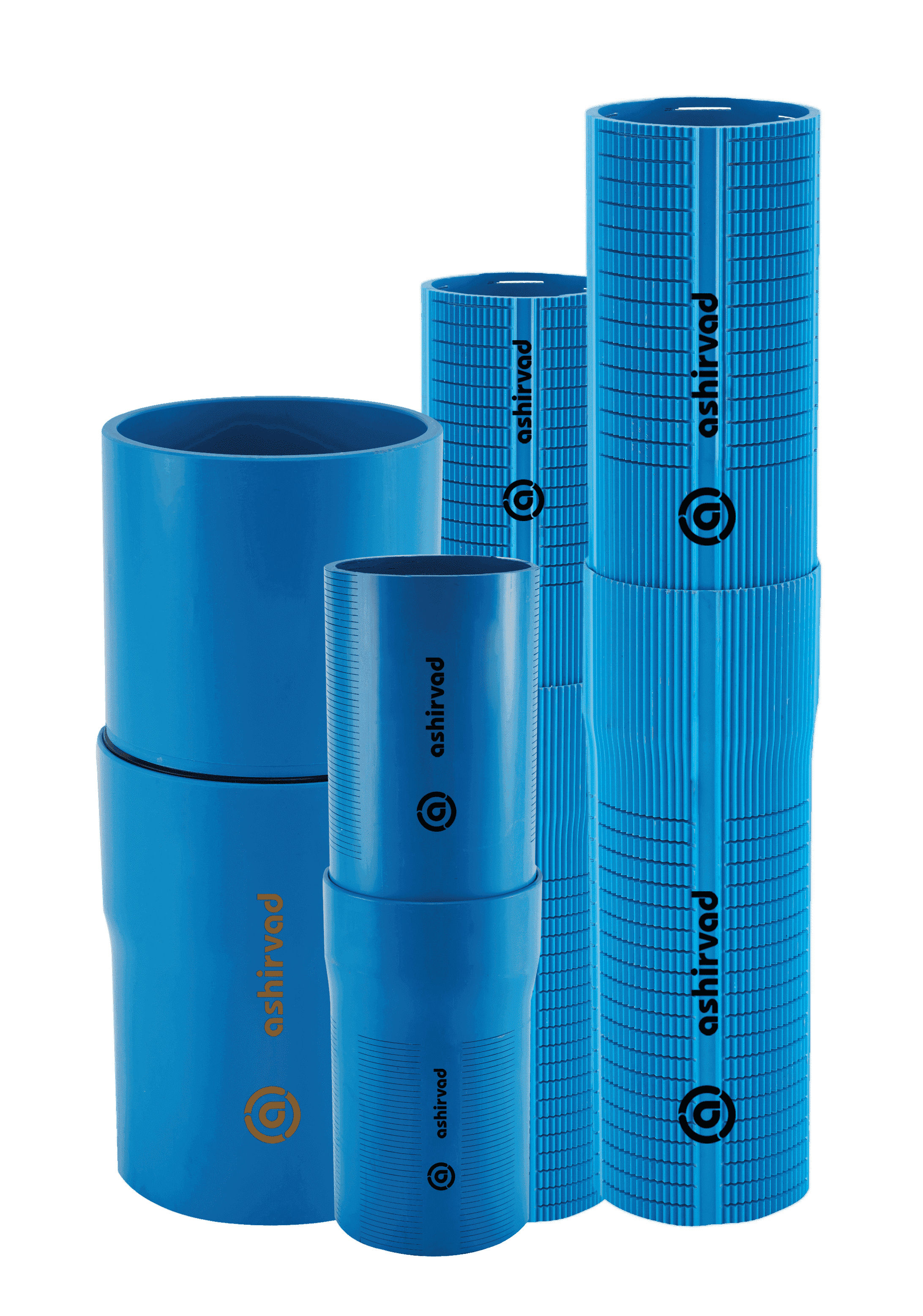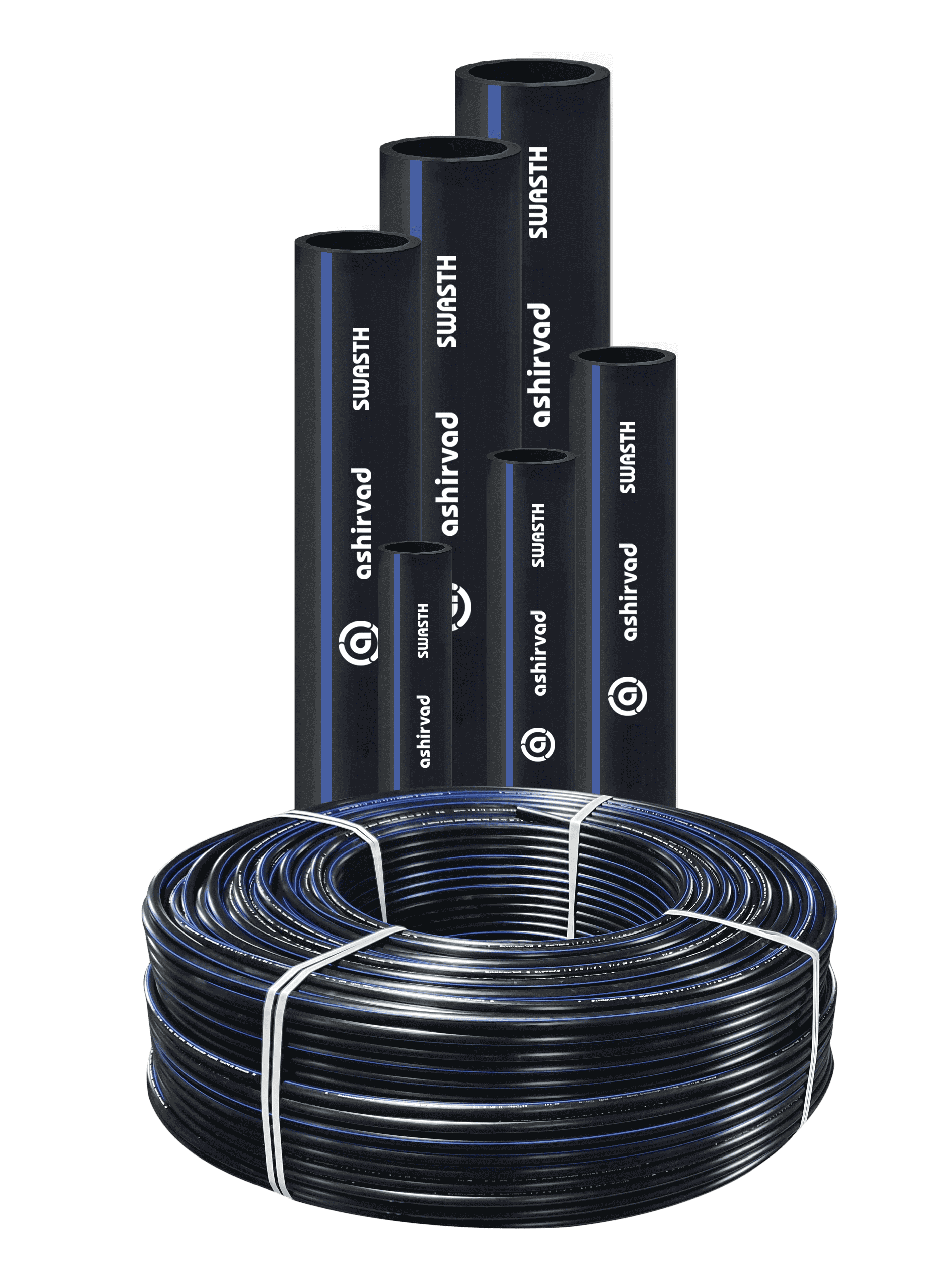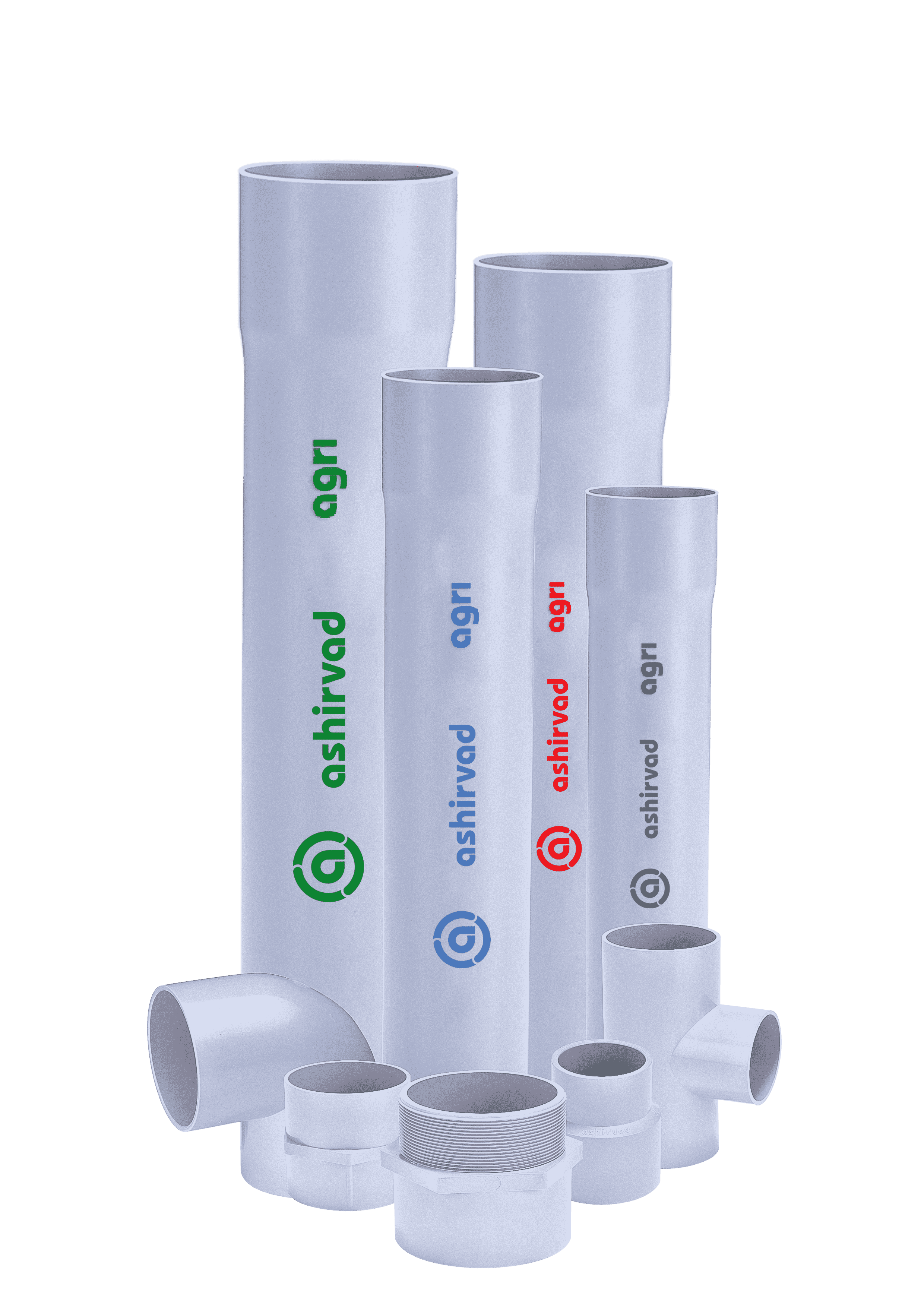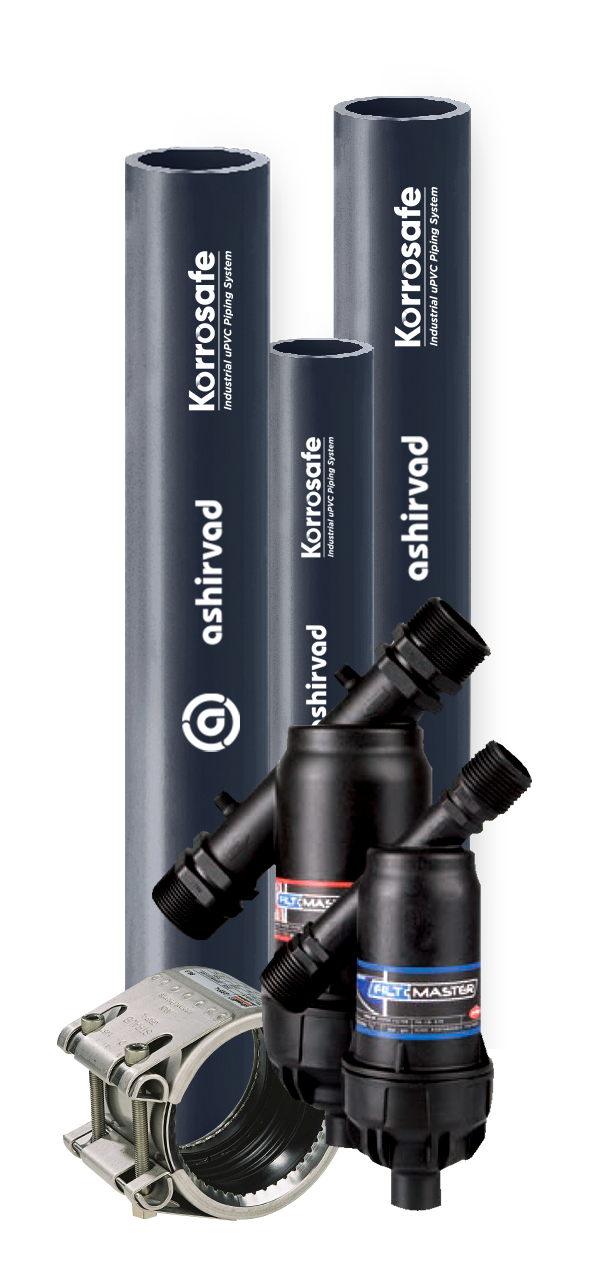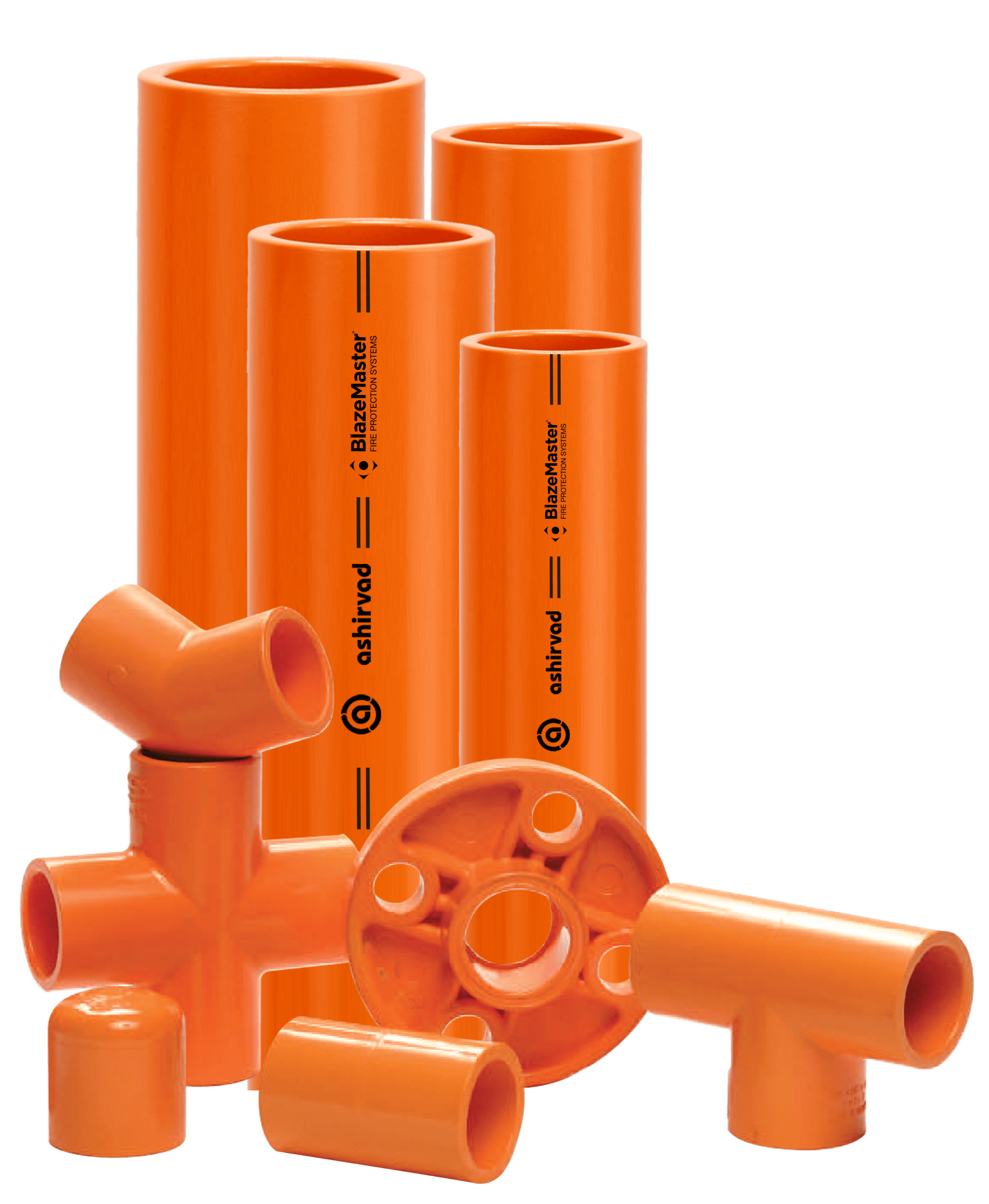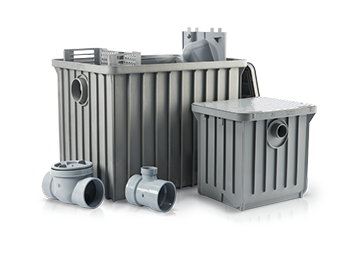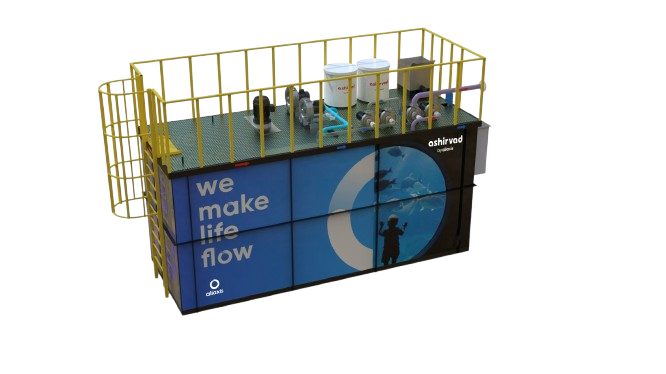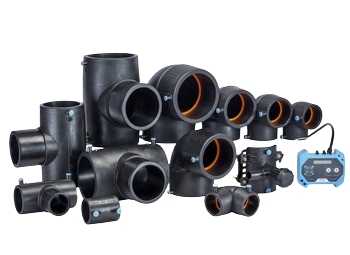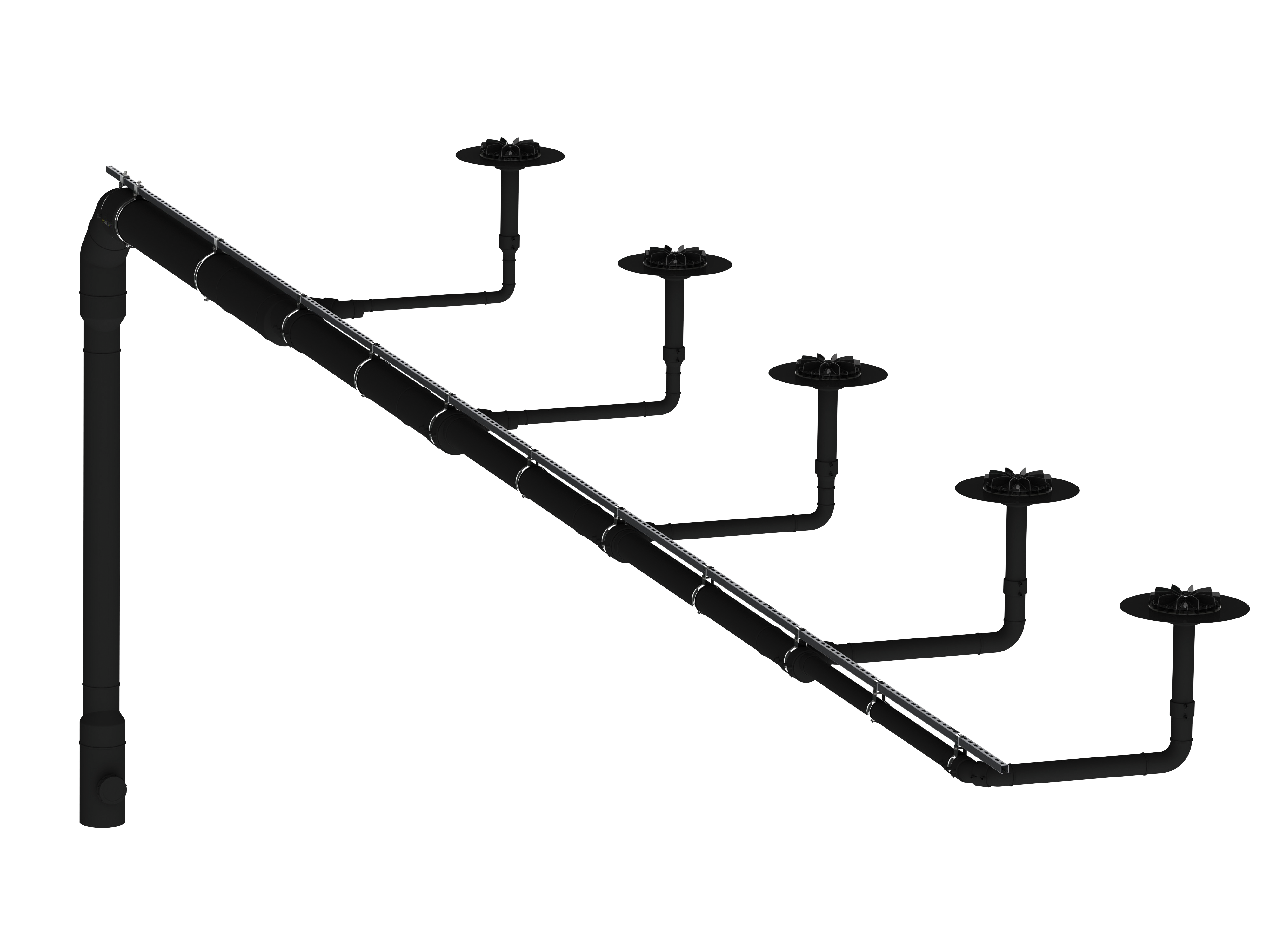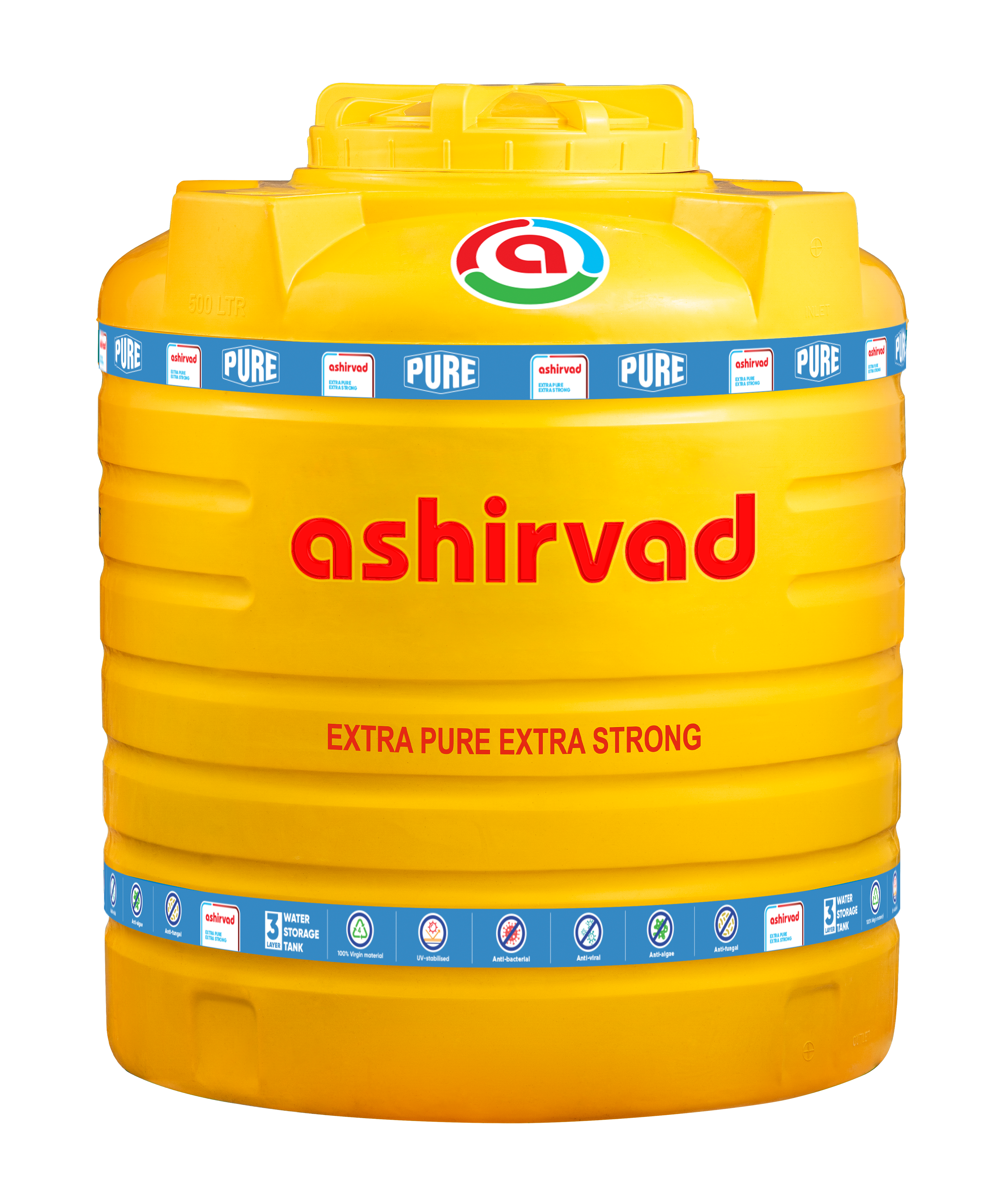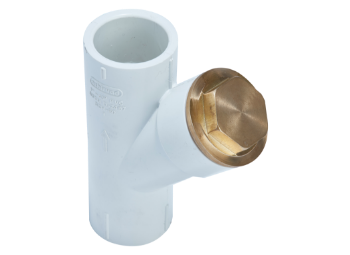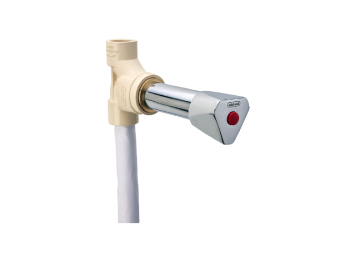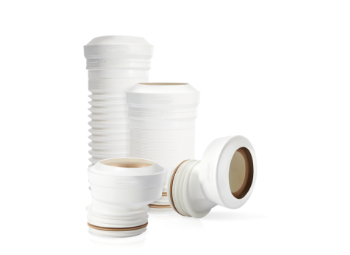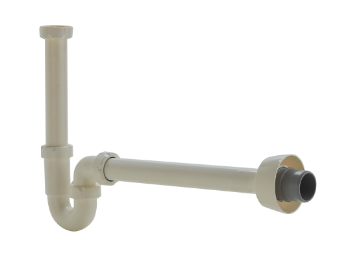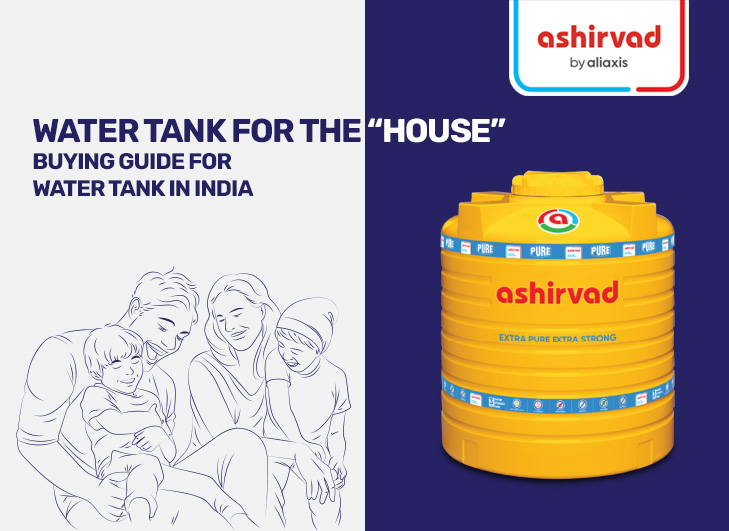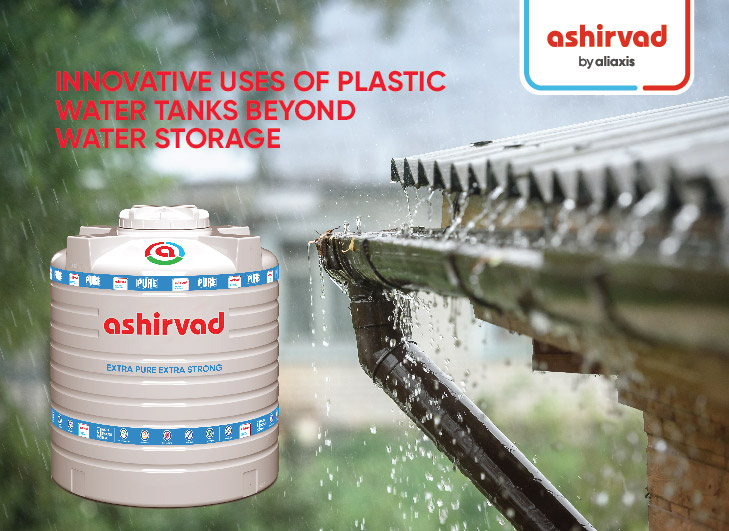Reading Time: 3 minutes
Vastu Shastra, an ancient Indian philosophy, offers architectural guidelines based on the interplay of energies within a space. This approach extends to various aspects of a home, including placing crucial components like overhead water tanks. This blog post delves into the three most favourable positions for an overhead water tank as per Vastu principles.
We aim to provide overhead water tank vastu insights into creating a balanced and positive living environment.
As this is a complex topic, it’s important to note that Vastu is a vast and nuanced field. We recommend consulting a qualified Vastu expert for professional guidance for your unique case and location. However, exploring these suggested positions can be an informative starting point for homeowners interested in incorporating vastu for water tank positions.
Therefore, it is advisable to adhere to Vastu’s recommendations when deciding the placement of your overhead water tank to ensure not just a water reservoir but also a source of positive energy in your living space.
Why is Vastu considered while placing the overhead tanks?
Vastu Shastra, an ancient Indian architectural science, guides home design for harmony with nature. Adopted for centuries, it balances energies to promote well-being and prosperity in living spaces.
According to the principles of Vastu shastra, our world is made of five elements. These elements are Agni (fire), Jal (water), Prithvi(earth), Vayu (air), and Akash (space). If we must lead a prosperous life, we need to align our home space with nature, and there has to be a balance of these elements around us.
Vastu is considered while placing the overhead tanks because it is believed that putting it in the right direction may lead you to prosperity and if you place it in the wrong direction, it may cause trouble in your life.
When should you decide the placement of overhead water tanks?
Selection of the optimal location for an overhead water tank warrants careful consideration during initial planning stages of a residential project.
Determining the tank’s location early in the design phase facilitates seamless integration with the overall architectural layout. This helps to avoid potential conflicts with structural elements or future modifications.
Best direction, as per Vastu, for overhead water tanks
Before we learn about the right direction of Vastu for the water tank, let us first understand where we should not place the overhead water tank.
When we think about water, people generally feel that the placement of water is north/northeast. However, when water in such a vast quantity, in hundreds of Liters, comes together, that too above the ground level, it no longer contains the characteristics of water. Instead, it is considered as weight/mass.
So, whenever you plan to construct an overhead water tank on the terrace of the building, then the direction of the tank is never northeast.
The first best direction of the overhead water tank as per Vastu:
It is between the west and southwest. Water in the overhead tank is not considered a water element; instead, it is regarded as an earth element, and the best position for an earth element is between the west and southwest. However, it would help if you ensured that even the southwest should not be empty.
The second-best position of the overhead water tank as per Vastu:
South is considered the second-best position of the overhead tank, as per Vastu. This direction is associated with the element of fire, which symbolizes energy and transformation. Placing the tank here is believed to encourage positive energy flow within the home, promoting vitality, passion, and prosperity. Additionally, the south direction receives less direct sunlight than the west, potentially helping maintain a cooler water temperature during warmer months.
The third-best position of the overhead tank as per Vastu:
The third-best position for an overhead water tank, according to Vastu, is the West. This direction is associated with the element of air, symbolizing communication and change. Placing the tank here might encourage communication and progress within the household. However, it’s important to note that Vastu emphasizes avoiding the southwest corner for water elements like tanks, as it governs the earth element, potentially creating conflicting energies. Therefore, proper positioning within the West is crucial for maximizing potential benefits while minimizing potential drawbacks.
Conclusion
While this exploration provided an overview of the three most favourable positions for overhead water tanks according to Vastu, remember that Vastu is a comprehensive practice. Consulting a qualified Vastu expert is highly recommended to receive personalized guidance considering your house layout, surrounding environment, and desired outcomes. By thoughtfully seeking professional advice and integrating these insights, you can create a harmonious and well-balanced home for yourself and your family.
FAQs
Q.1 Which direction is best for an overhead water tank?
Answer: The best direction for the overhead water tank is between the west and southwest.
Q.2 Does the placement of an overhead tank depend on the material of the tank?
Answer: No, the placement of an overhead tank does not depend on the material of the tank.
Q.3 What will happen if I don’t place the overhead water tank as per Vastu?
Answer: While some believe Vastu principles can influence life aspects, there’s no scientific validation of specific outcomes. Therefore, focusing solely on potential negatives might cause unnecessary worry. Opting for a functional and practical placement remains key. However, if you value Vastu and seek guidance, consulting a qualified expert is recommended.
